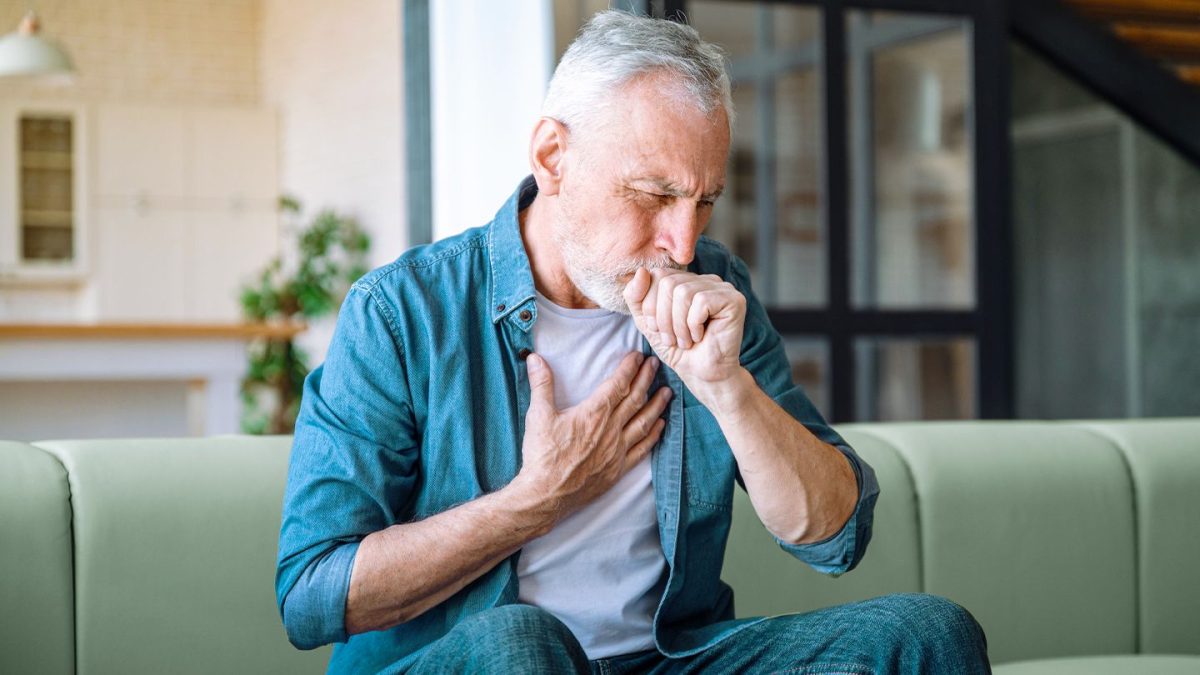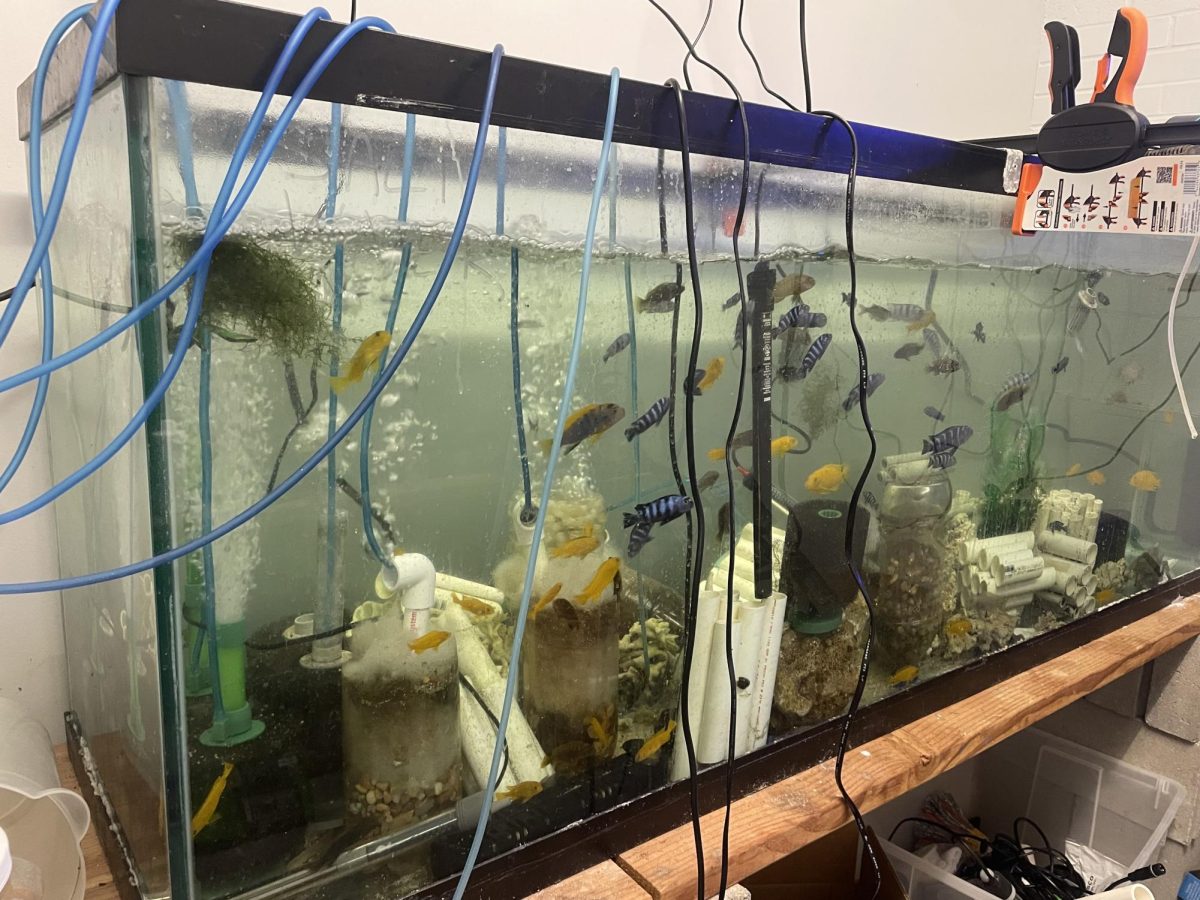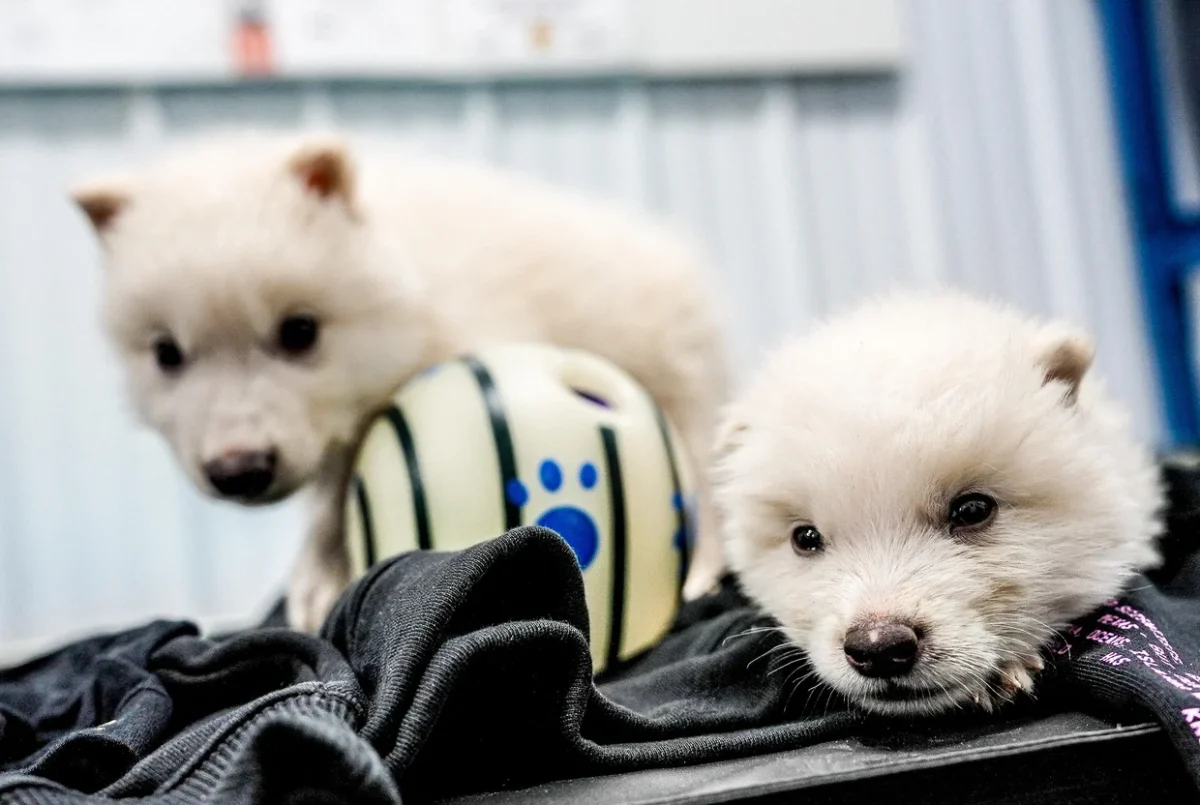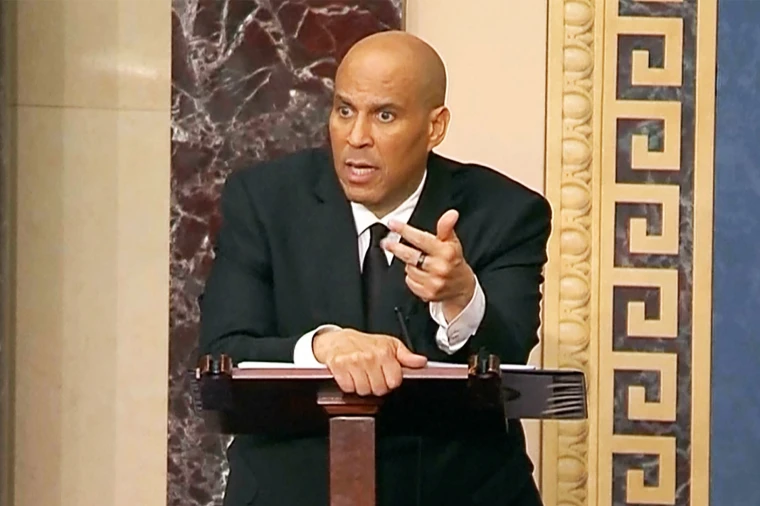There is something spreading around Berkley High that has been leaving teachers with nearly empty classrooms: walking pneumonia. While it may sometimes be disguised as a seemingly harmless common cold, this virus has been coming down hard on a lot of students. As someone who is currently getting treated for this illness, I can tell you that it is not a pretty one. But what exactly is walking pneumonia? In this article, I explore the causes, symptoms, and treatments of this popular sickness.
According to Cleveland Clinic, walking pneumonia is classified as an infection of the lung. It is a minor form of pneumonia. It is caused when a lung’s air sac is filled with fluid, resulting in swelled airways. The symptoms include (most obviously) a cough, low-grade fever, fatigue, chest pains, sneezing, headache, and a sore throat. This sickness is very contagious; a simple sneeze, cough, or just breath from an infected individual could send a tiny droplet carrying the disease into the air, waiting to be inhaled by an innocent victim.
So, how does one actually know if they have walking pneumonia? If experiencing some of the symptoms above, it is important to go to a doctor in order to get the necessary treatment. Once at the doctors, they will listen to the patient’s lungs to see if there is a rattling noise corresponding with breathing. If there is, there is most likely fluid in the lungs, giving the intel that the patient has walking pneumonia. From there, the doctor may then send the patient to get a chest x-ray, in order to physically see the lung fluid. Once diagnosed, the treatment is simple: just one round of antibiotics, which is often Azithromycin (commonly referred to as a “Z-Pack”). After 24 hours on antibiotics, pneumonia is no longer contagious.
I wanted to understand this virus a little more, so I spoke with the pediatrician who diagnosed me with walking pneumonia: Dr. Sarah Gaubatz.
When asked why there has been a recent spike in walking pneumonia cases, Gaubatz states that “I think we would all love to know that right now. I think the infectious disease doctors are honestly a little bit stumped too, from what we’ve heard from them.”
Gaubatz then went into detail, explaining how the bacteria that causes walking pneumonia is something called mycoplasma, which is very contagious via contact, so many of the cases are from kids at the age where they go to school and are in a close vicinity with other people: elementary school and above.
“I am seeing it most often in kids seven and older, and in teens for sure as well” Gaubatz states. “We are also having a lot of parents coming in and saying that they have been treated for walking pneumonia by their doctors, too.” So really, no one is safe from contracting this sickness.
While this sickness ranges in severity from patient to patient, I had a very bad time with walking pneumonia. For me, it started with a cough, which was followed by a fever a week later. My fever lasted for seven whole days, spiking on October 31st. It’s safe to say that it was not my favorite Halloweekend.Though I am now fever free, my cough is still persistent and quite annoying. Based on my friends who are also recovering from this sickness, I would say that this experience is pretty common. With walking pneumonia cases spreading fast, I highly encourage all readers to stay far away from anyone who is sick with the virus, as I was not as wise.









